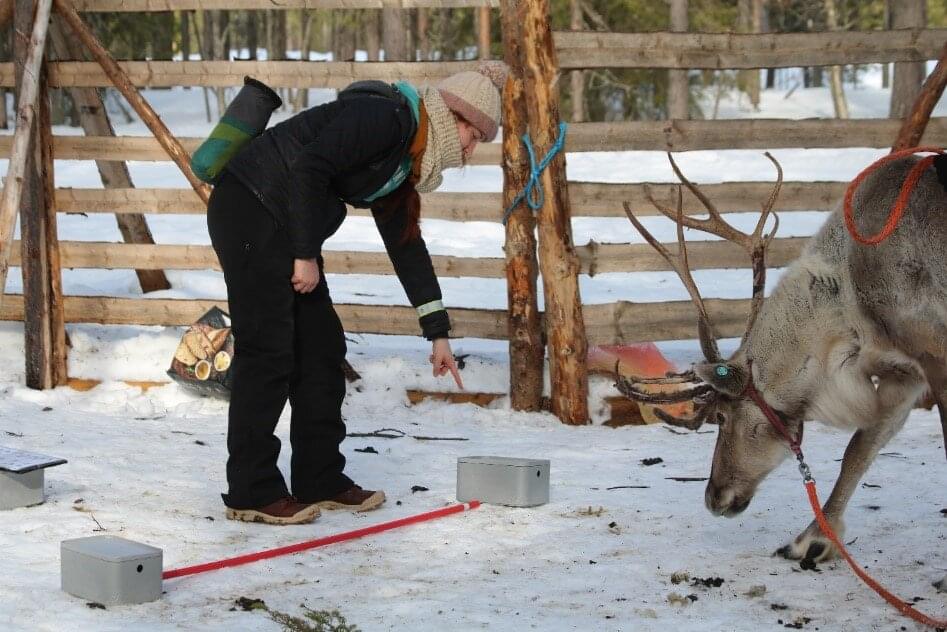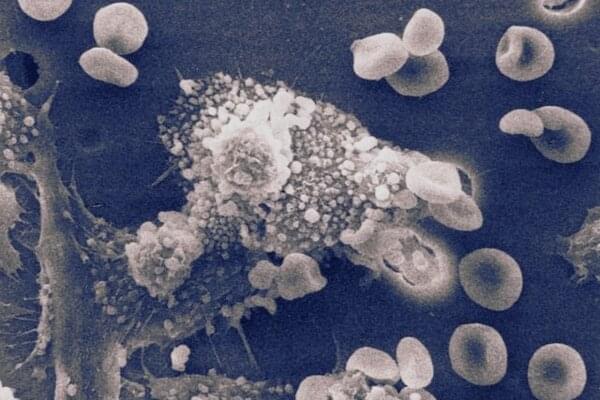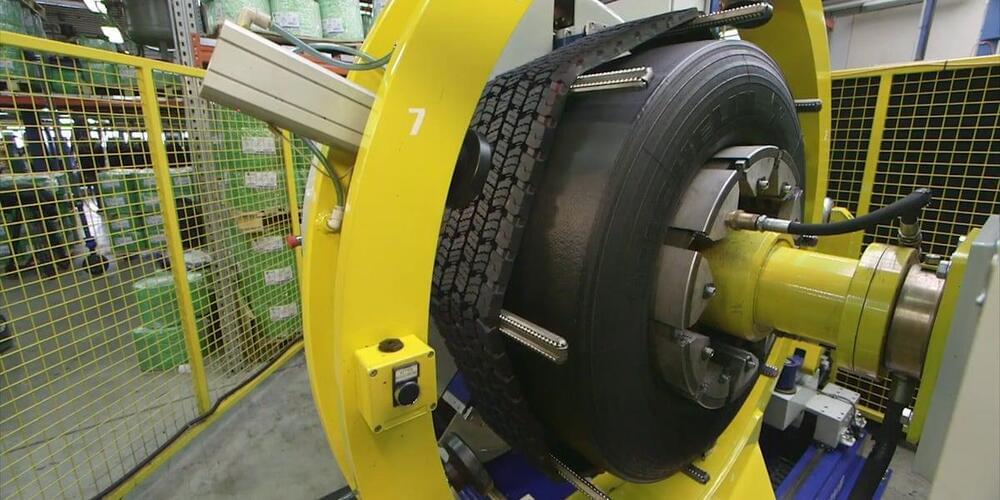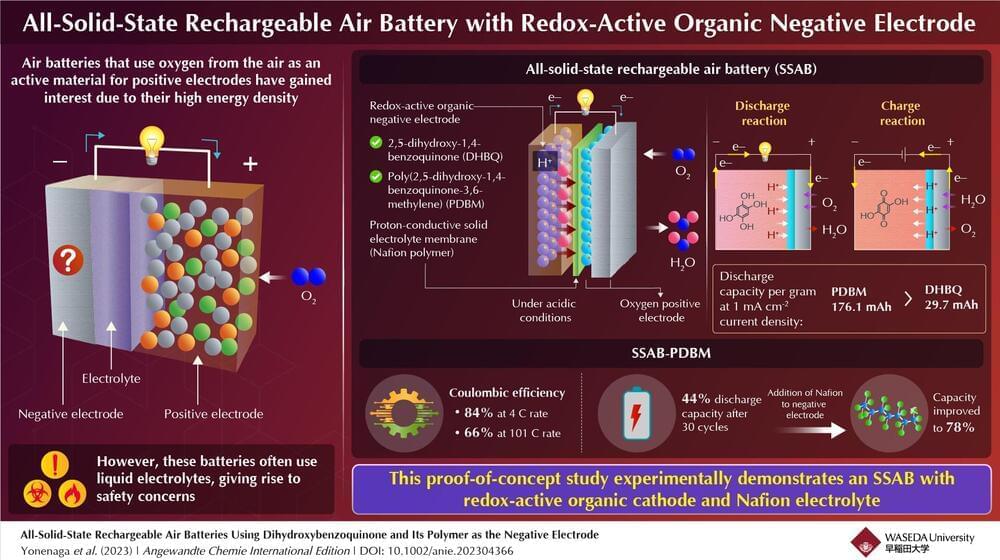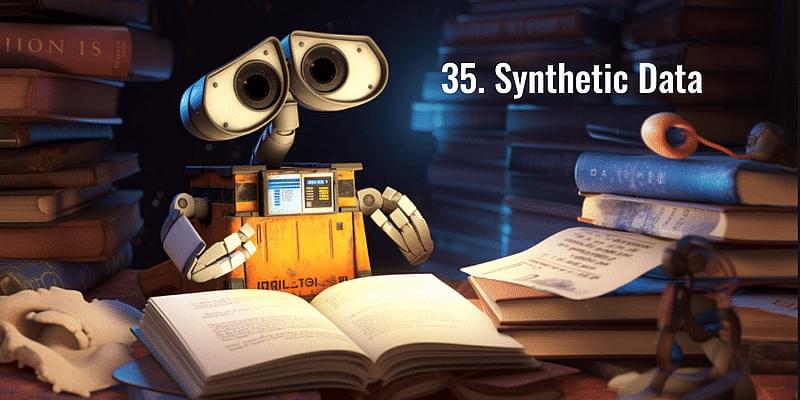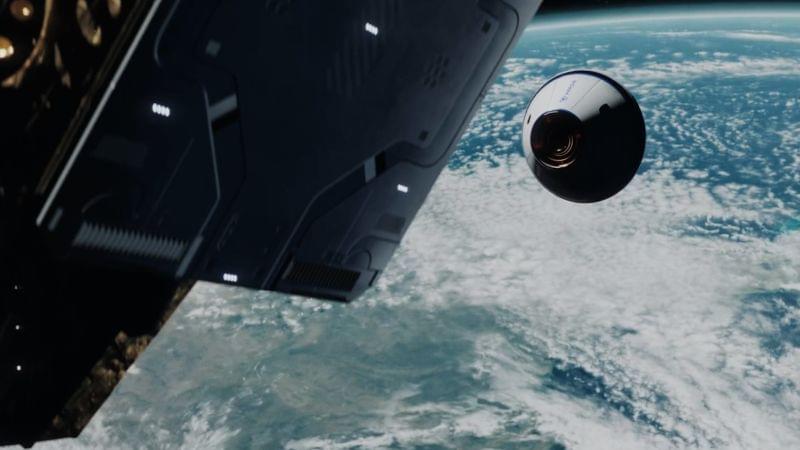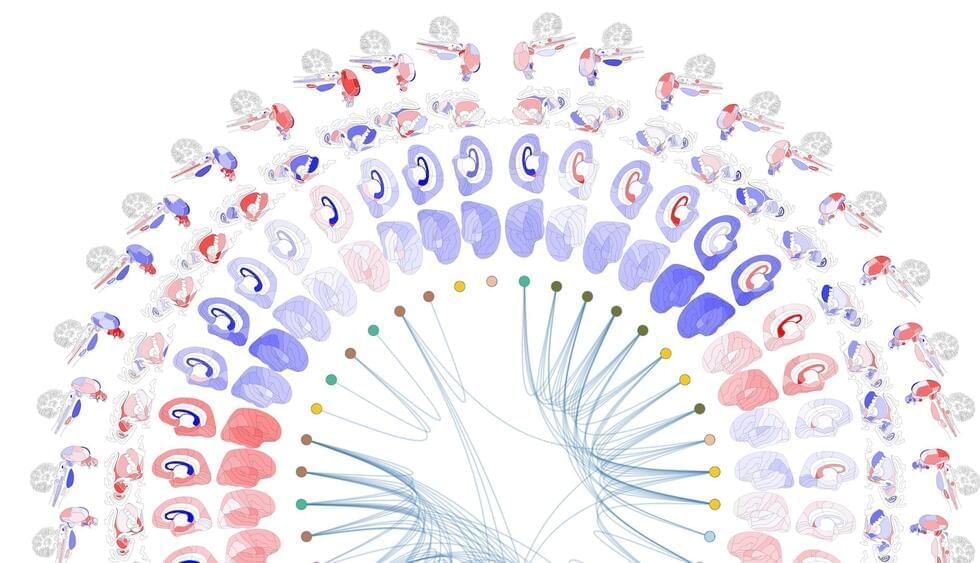An international team of researchers from the University of Turku, Finland, and the INRAE of Nouzilly, France, explored the ability of sledging reindeer to follow directional indications from humans. Their results highlight that reindeer, which are well habituated to humans, can make use of gestural cues very well with minimal training.
Working animals, such as equines, shepherd dogs, and logging elephants, spend a significant amount of time interacting closely with humans to fulfill specific tasks. Effective communication plays a crucial role in their working relationship. Animals’ understanding of human cues, particularly manual pointing gestures, is an important aspect of this communication.
The use of pointing gestures to communicate with others and to show them where to look or to go is very natural for humans. For other animals that do not use this way of communication, the gesture may not always be easy to understand. For this reason, the pointing gesture is often used in experiments to see if animals can understand cues that are specific to humans.
